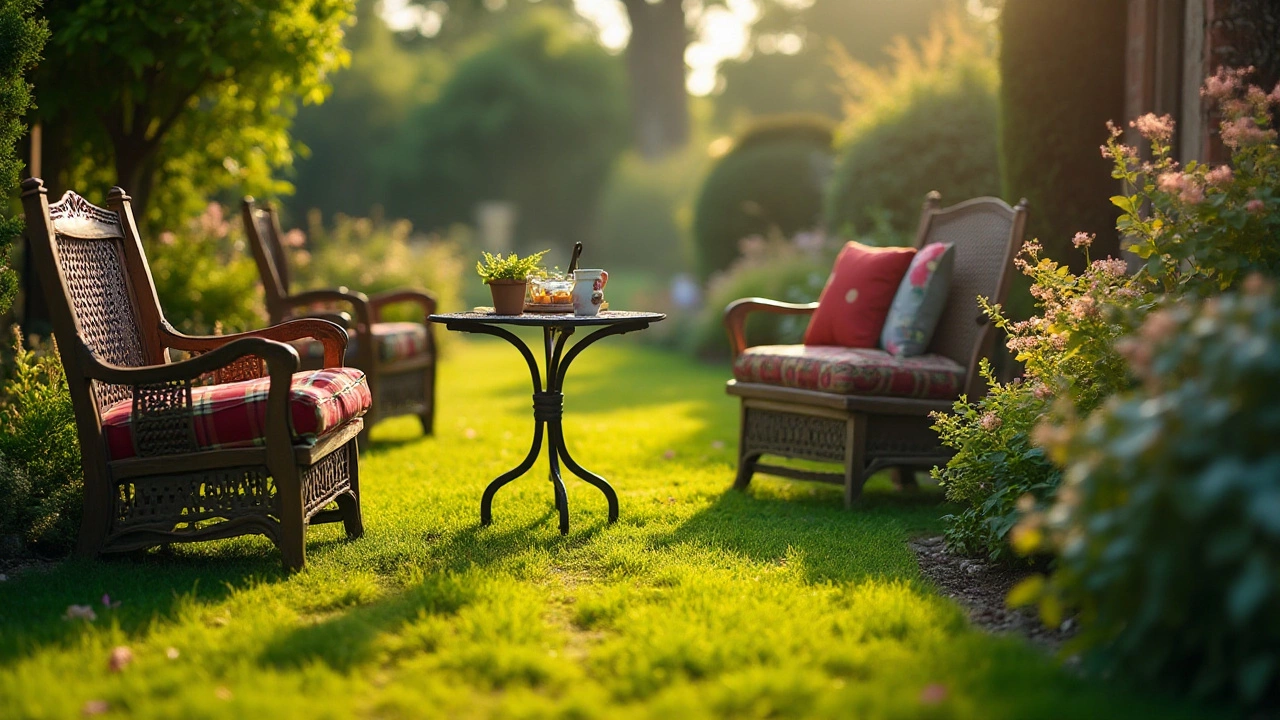Grass Maintenance Made Easy for Schools
Got a school lawn that looks tired or uneven? You don’t need a pro crew to fix it. With a few simple habits you can keep the grass healthy, safe for kids, and easy on the budget. Below are the basics you can start using this week.
Regular Mowing & Watering
First off, mow at the right height. Cutting too short stresses the grass and invites weeds. Aim for 2.5‑3 inches in the spring and a bit higher, around 3‑4 inches, in summer. A sharp blade makes a clean cut, so sharpen or replace it every few months.
Watering is the next big factor. Early morning is best because the water soaks in before the heat evaporates. Give the lawn about one inch of water per week – that’s roughly a shallow rain. If you have an irrigation timer, set it to a couple of short bursts rather than one long soak; the soil can absorb water better that way.
Seasonal Care & Trouble Shooting
In early spring, toss a light layer of fertilizer. Look for a slow‑release product with a balanced N‑P‑K ratio (like 10‑10‑10). It feeds the grass without causing a sudden growth surge that can make it weak.
Mid‑summer is when many lawns show brown patches. Before you panic, check the soil. Use a simple screwdriver test – if it goes in easily, the soil is likely too compacted. Aerating with a plug aerator opens up space for roots, water, and nutrients. You only need to aerate once a year for most school fields.
Weeds love the edges and high‑traffic zones. Pull them by hand when they’re small or spot‑treat with a weed‑killer that’s safe for turf. Avoid broad‑spectrum chemicals that can hurt the grass you’re trying to protect.
Finally, keep an eye on pests. Grubs and chinch bugs can cause patches that feel soft underfoot. If you spot a lot of damage, a light application of a biological grub control (like milky spore) works well and won’t harm kids or pets.
Stick to this routine – mow at the right height, water early, feed lightly in spring, aerate once a year, and treat weeds and pests promptly – and your school grounds will stay green and safe all year long.





